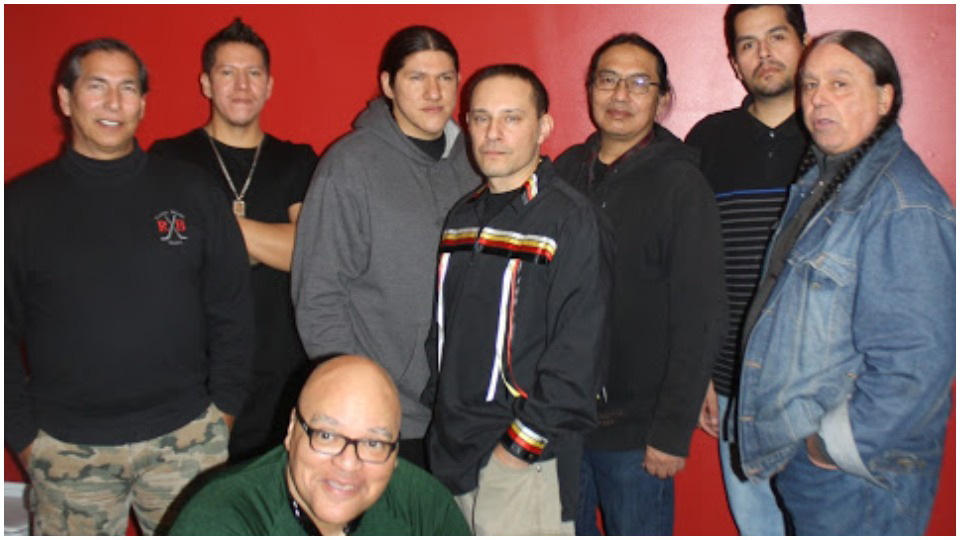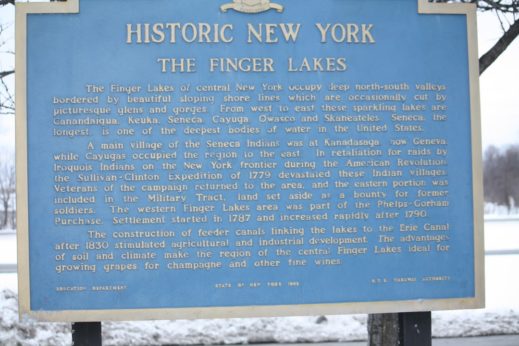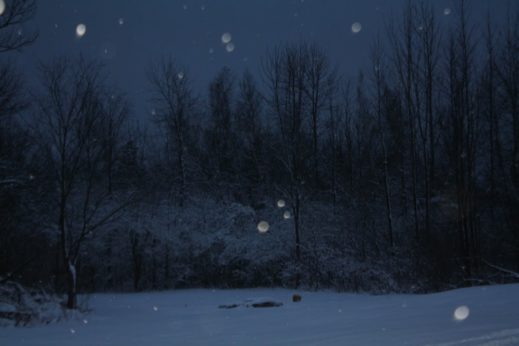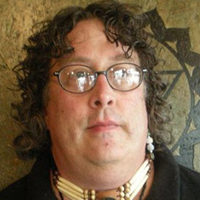
“I need a ride to New York for a funeral,” my friend stated. “In the middle of a Nor’easter?” I replied. “Yes, I would not ask if it was not important,” said my friend.
In my Indigenous culture when an elder asks, there is only one reply: Yes! So on a Friday night, we set out on a 28-hour journey to Akwesasne, New York. The Kanien’kehá:ka, as they refer to themselves, are the colonized name we know as Mohawk. They are the most easterly people of the Haudenosaunee or Iroquois Confederacy.
This would be my first time around these people and under a unique situation. However, their power with sovereignty is to be respected. In college around 1990, I remember in our American Indian Student Association at University of Oklahoma we talked of the Oka occupation.
The Oka Crisis, as it was called, on its face seemed to be a politicized protest. However, the underlying truth was the expression of the sovereignty of the Haudenosaunee people. The proposed expansion of the golf course and condominium developments was on disputed land and Haudenosaunee burial grounds. The “warrior” class of the Haudenosaunee was rising up yet again. Many other Indigenous supporters joined in the protest in Oka.
A unique video on the 25th anniversary was produced in 2015.
The core issue in North America, Canada included, was lands given to Indigenous people. The treaties signed by both Canadian and American governments gave specific land masses. Yet through time and dishonoring the treaties most of the lands were taken away from the Indigenous people.

The use of treaties in one essence was the recognized sovereignty of the Indigenous nations existing within but separate from the government signing the treaties. The Indigenous nations have always held on to their sovereignty to self-govern outside the mandate of the government their sacred areas exist upon. When they express this inherent right it always has been met with militarized intimidation.
It’s the same struggle that Hispanics in America are experiencing with ICE agents in America. As an example, the Southern Poverty Law Center reports of “a video showing at least two Border Patrol agents physically tearing Perla Morales-Luna out of her daughters’ arms and pushing her into a U.S. Customs and Border Protection vehicle.”
Betty Lyons, president of the American Indian Law Alliance and a citizen of the Onondaga Nation, authored an op-ed for The Guardian. In it she states:
“As Indigenous Peoples, we know our history and we know our relatives. Many so-called ‘undocumented’ people are in fact Indigenous Peoples, children of Original Nations with a millennial history of travel across the continent to trade and engage in ceremonial obligations at sacred sites of their traditional territories before the U.S. existed….
“Dividing families is something we cannot imagine doing to others because we have been through this pain many times at the hands of the same government.”
Deporting persons who are “undocumented” is failing to recognize the history that the USA is a settler nation. You can’t deny that the families the U.S. government is spitting up long predate our contemporary system of documentation.
This is the same issue the Haudenosaunee fought for in 1990. If we do not honor the treaties, the worth of the parchment they were written on is simply zilch.
It was an honor to witness this sovereignty up close and personal with the final journey of warrior Arthur “Sugar” Montour. Sugar had said, “I refuse to buy my own land back. But I will pay white people to leave it.”
John Cane of “Let’s Talk Native” speaks with the remembrance of Sugar. Many of the men who came to pay respect for this fallen brother were his Sundance brothers. In fact, the friend I drove up for this ceremony is a Pipe holder and Sundance Chief.
The final journey ceremony varies from people to people but some are similar. The body is held in view with family and friends sharing in the wake time. We arrived around 9:15 pm Saturday for the wake after leaving 6 pm Friday night from Oklahoma.
Sugar Montour lay inside an immaculate cedar casket dressed in traditional Akwesasne clothing with traditional items. I spent some time with Sugar telling him how I respected his warrior essence and being a dear friend to my friend. I honored his resistance and vowed to carry on my own de-colonization and resistance that Sugar stood for.
Paul Delaronde led the ceremony Sunday in an overflowing crowd of folks filling every room and garage in his mother’s house. Delaronde spoke in the traditional language. The Kanien’kehá:ka people express their culture still today due to their relationship to the concept of sovereignty.

Upon closure, the Sundance brothers were outside drumming and singing one last time for their brother Sugar Montour. It had begun to snow and much snow was falling down. The pallbearers carried Sugar one last time down the sidewalk to an immaculate deep purple two horse-drawn carriage. The carriage would bring Sugar down the driveway and across the street to the family burial plots. He would be laid next to his father, who past a few months back.
As the purple carriage bore the body down with the snow falling you could hear the two dogs whining, for they knew what this day meant. The people followed somberly, quiet behind the carriage.
Once the casket was lowered into a freshly dug hole, a Haudenosaunee man led out a blood-curdling war cry addressing the other past warriors that one of their own was crossing over. Delaronde concluded the ceremony in the native language. As mourners walked, they grabbed a handful of dirt and dropped it upon the casket as a final act of the ceremony. A relative who was dressed traditionally sang a haunting honoring song at the end. She stood strong amongst the 60-80 foot tall pine trees. Snow was falling down as we honored one last time Sugar Montour.
The sovereignty was expressed in traditional ways upon the sacred old land in the native language. You can’t get more sovereign than this. I was blessed to be there and witness this.










